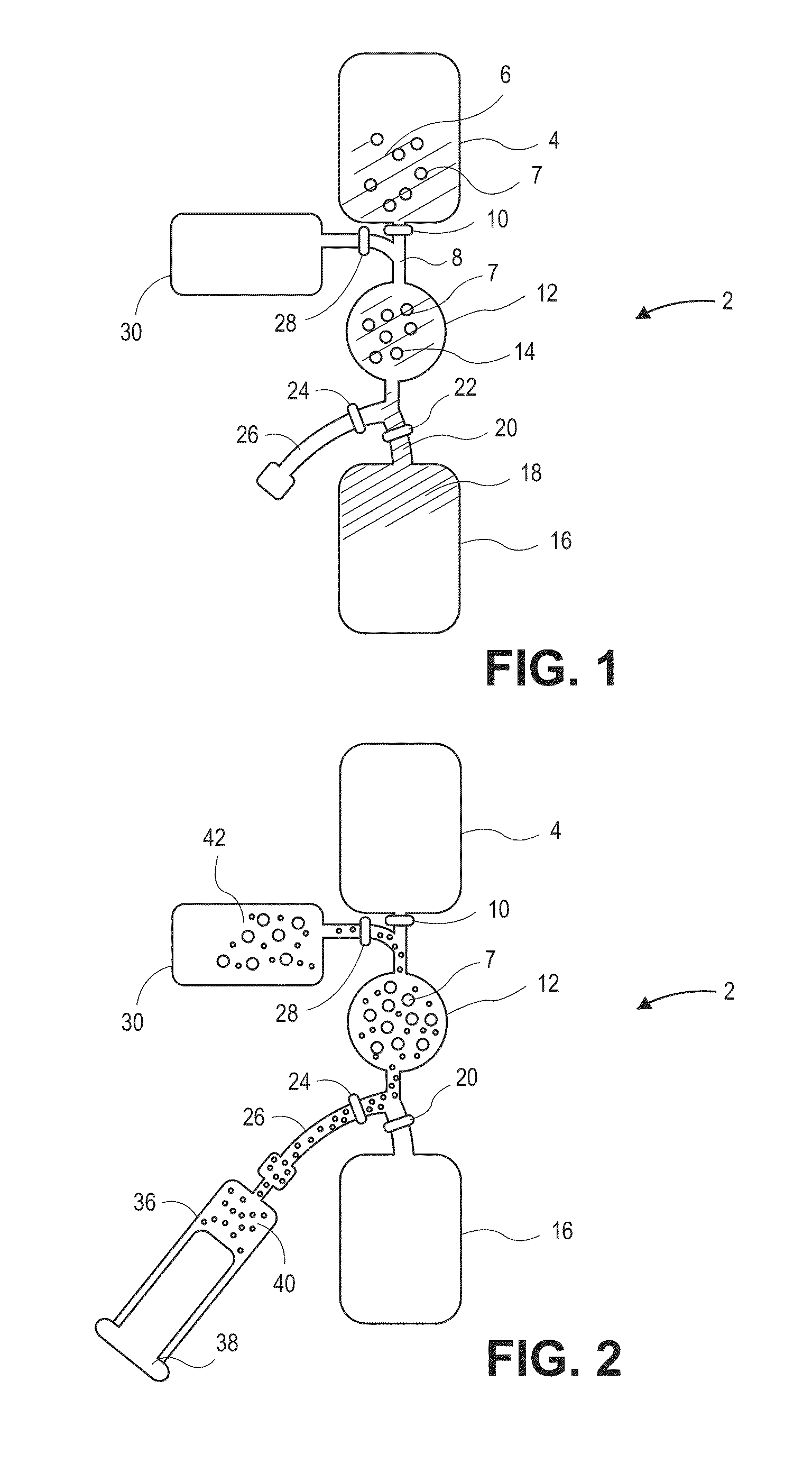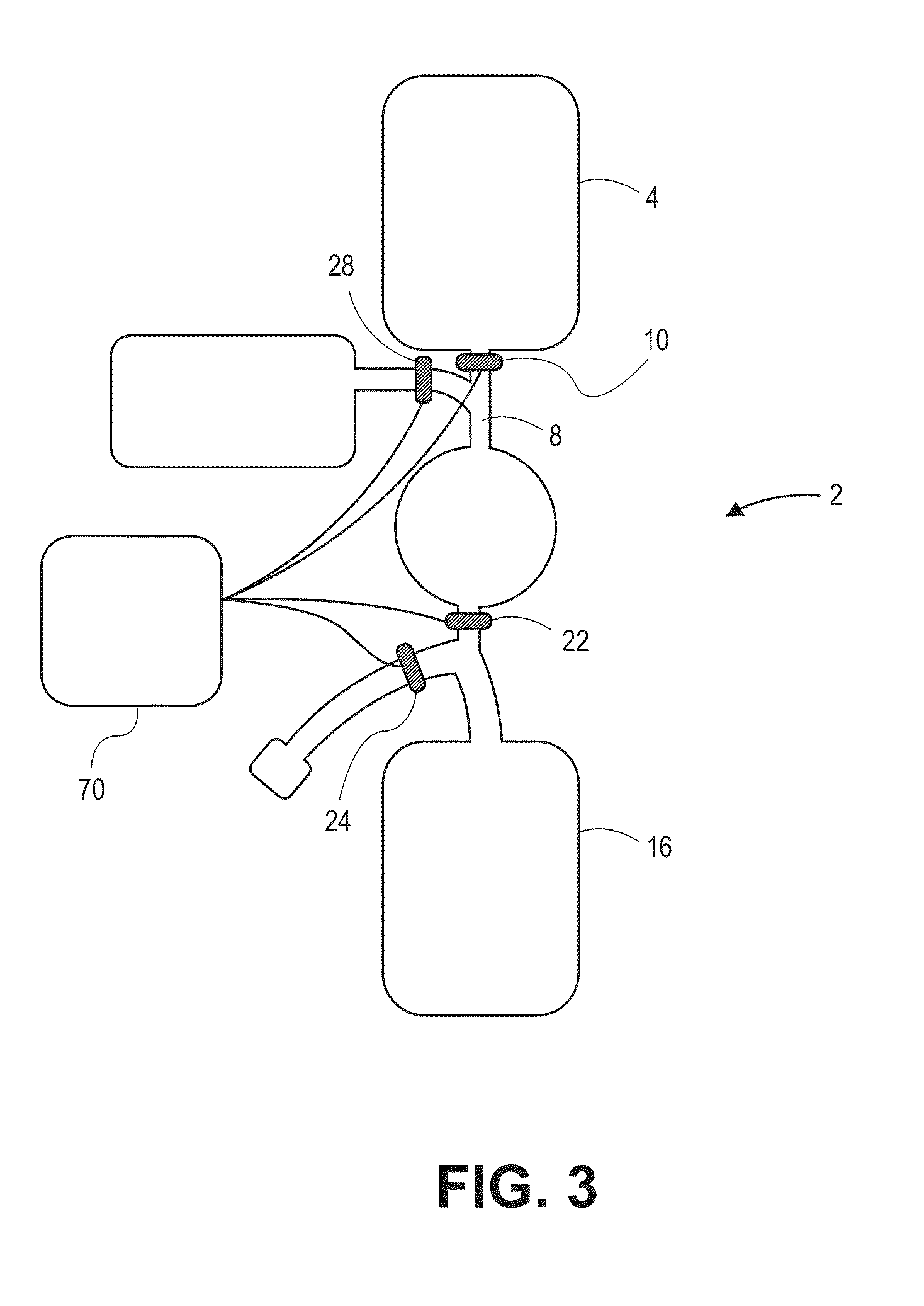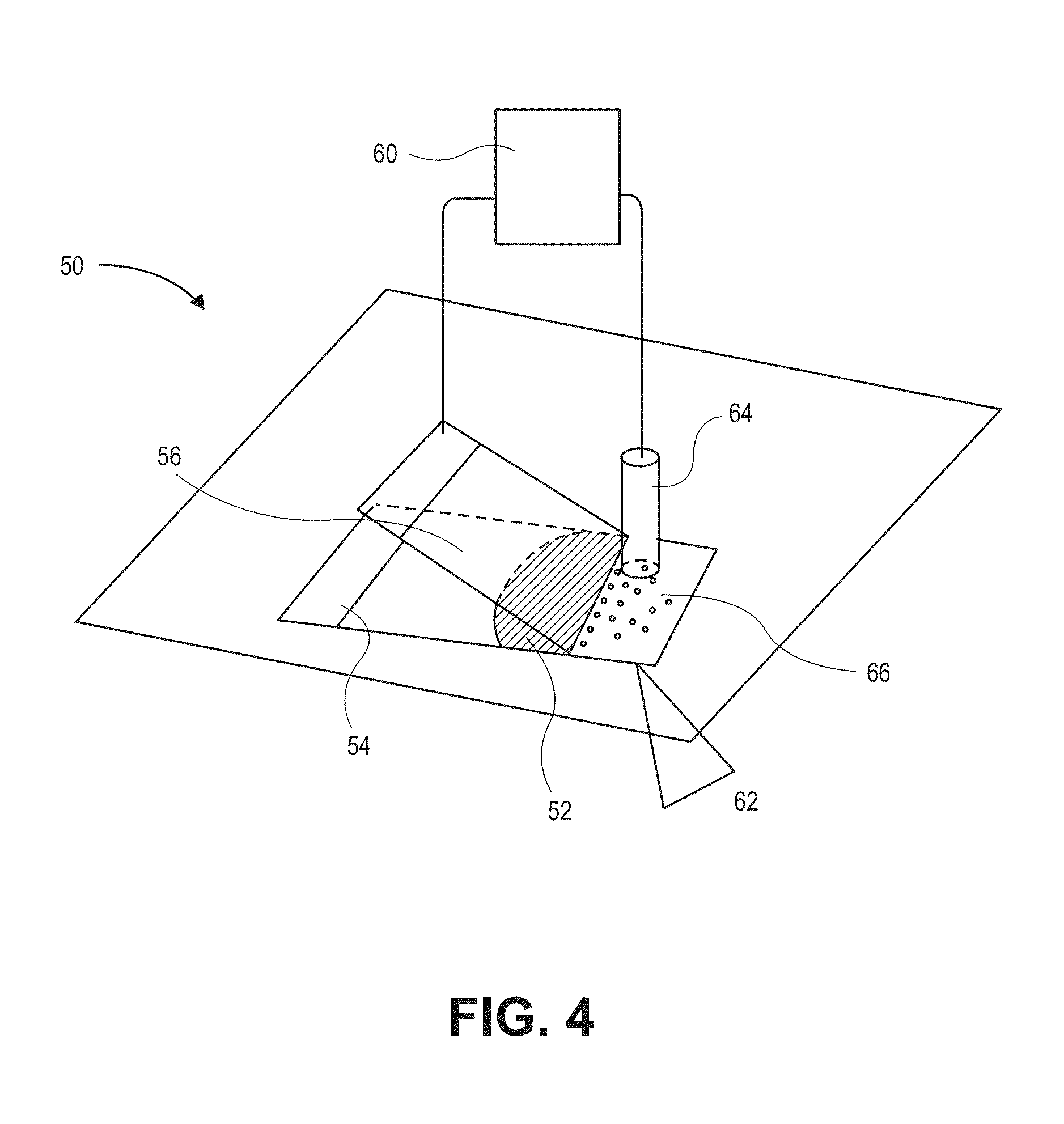Methods and devices for obtaining and analyzing cells
a cell and cell technology, applied in the field of methods and devices for obtaining and analyzing cells, can solve the problems of fnrbcs reliability, not all cfcs are useful, and the difficulty of trophoblast isolation and enrichment,
- Summary
- Abstract
- Description
- Claims
- Application Information
AI Technical Summary
Benefits of technology
Problems solved by technology
Method used
Image
Examples
examples
[0326]FIG. 6 shows data obtained from maternal blood samples after enrichment for fetal nucleated cells according to one embodiment of the disclosure. The maternal blood samples were passed over leukocyte depletion filters and cells remaining on the filter were eluted using elution buffer as described above. The cells were smeared onto slides and stained with DAPI to detect nucleated cells and subject to immunohistochemistry using anti epsilon hemoglobin antibody to detect the presence of fetal cells. A portion (% of sample analyzed) of the slides were illuminated with 420 nm and UV light to distinguish nucleated from non-nucleated cells, and cells with hemoglobin from cells without hemoglobin. Cells were classified as non-nucleated red blood cells (RBC), white blood cells (WBC), and candidate nucleated red blood cells and the ratio of red blood cells to white blood cells (RBC:WBC) in the sample calculated. A % packing density was calculated based on the total number of cells counte...
PUM
 Login to View More
Login to View More Abstract
Description
Claims
Application Information
 Login to View More
Login to View More - R&D
- Intellectual Property
- Life Sciences
- Materials
- Tech Scout
- Unparalleled Data Quality
- Higher Quality Content
- 60% Fewer Hallucinations
Browse by: Latest US Patents, China's latest patents, Technical Efficacy Thesaurus, Application Domain, Technology Topic, Popular Technical Reports.
© 2025 PatSnap. All rights reserved.Legal|Privacy policy|Modern Slavery Act Transparency Statement|Sitemap|About US| Contact US: help@patsnap.com



